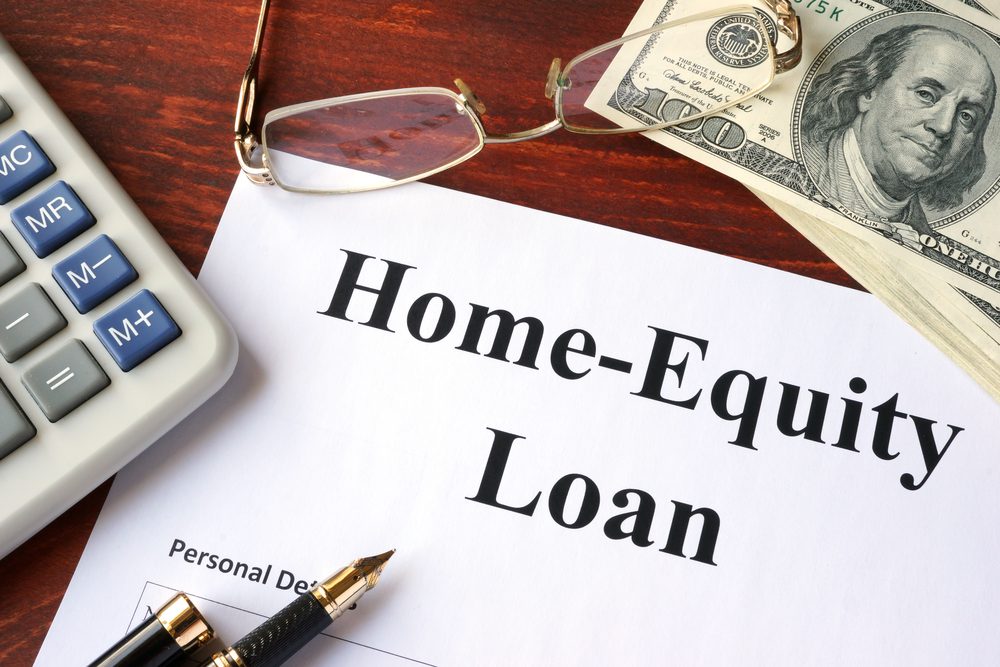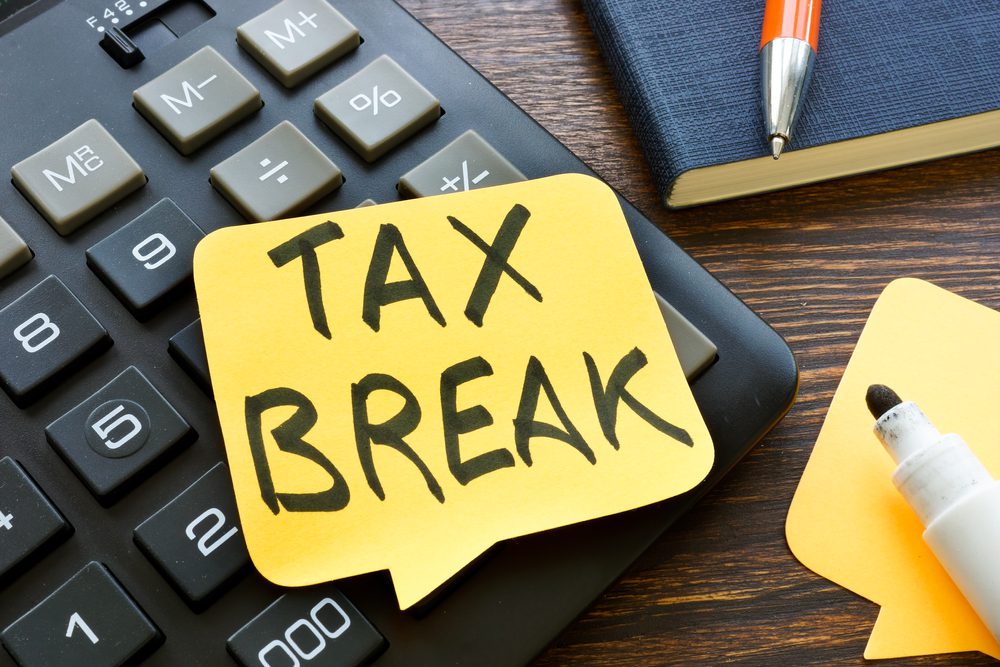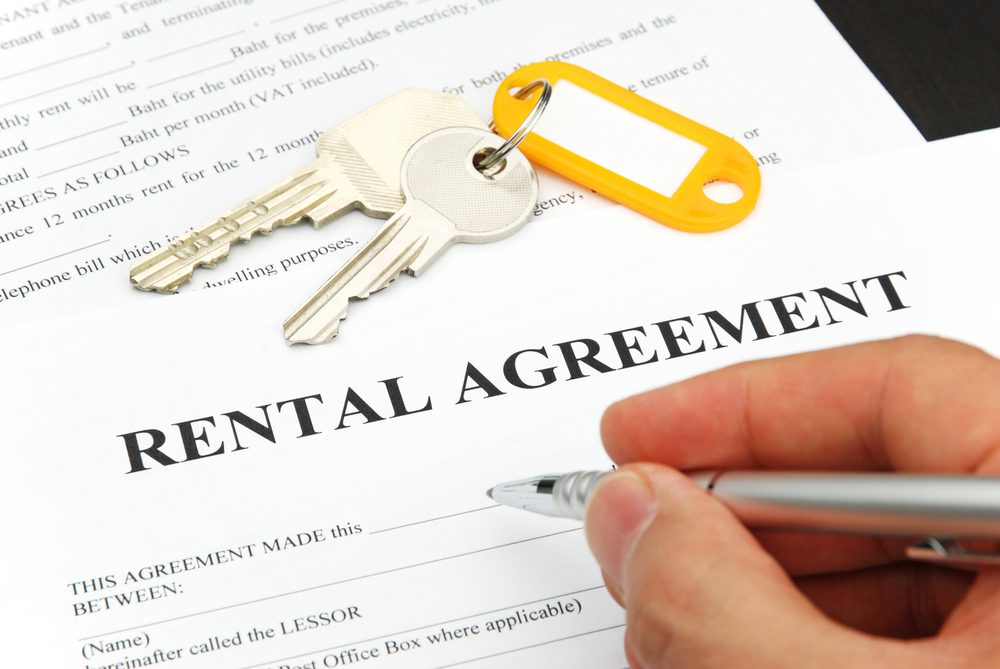Owning a home of yours is something to look forward to. You could decorate it as you wish and customize it according to your tastes. You could choose to own it in any location and in any size you prefer. It is a big responsibility and an important investment to make.
Therefore, it is common to see young Americans saving up to make down payments on a house they like – even if it can be tough sometimes, especially when taking other expenses like mortgage and maintenance costs into account.
Knowing the credits and tax deductions available to homeowners can help you make plans and ensure your investment yields fruitful returns.
Here are some tax breaks you probably didn’t know that can help you save money, buy your dream home, reduce your tax bills, and remain in the good books of tax agents when you decide to sell off your home:
Mortgage Interest
This is the biggest tax deduction if you are a homeowner who prefers to itemize your deductions. If you have a mortgage in your home, you can take advantage of the interest deduction on your mortgage. This deduction could be made up to $1 million.
However, this amount has been reduced to $750,000 from Dec. 15, 2017, due to the Tax Cuts and Jobs Act. This act states that single individuals or couples filing together are eligible for the $750,000 limit, whereas couples filing separately will have a limit of $350,000 per person. This limit is expected to expire in 2025.

Home Equity Loan Interest
This interest is like an additional mortgage on your house. With this, you can use the equity on your home as collateral to borrow funds you need for other purposes. Before the Tax Cuts and Jobs Act went into effect in 2017, you could deduct interest (up to $100,000) if the money was used for other purposes like college tuition or credit cards.
However, if your first mortgage is above the deductible limit, the equity loan will not be deductible because it will count towards the total mortgage limit of $750,000. You can only do this if the borrowed funds were used to pay for home improvements (for example, adding new rooms).
Mortgage/Discount Points
You also have the option of purchasing mortgage points when taking out a mortgage. When you pay this fee, you can lower your interest rate after purchasing or refinancing your home in exchange for a better interest rate.
One discount point is equal to 1% of the mortgage amount. For example, if you paid $200,000 for your home, a discount point will cost you $2,000, which is 1% of your home. You will get their deductions as long as you give the lender money for the points; only discount points paid for interest reduction can be deducted.
This does not apply to loan origination points because the internet rate of your loan is unaffected.

Necessary Home Improvements
Medically necessary home improvements can also be included as deductions. However, this only occurs if the improvements made are ones (usually permanent) that upgrade the home.
Examples include installing railings, support bars, lifts/elevators, widening doorways; replacing doorknobs; bringing down cabinets, etc. As long as these changes are medically necessary for you or other home residents, they fall under deductible costs.
The higher the value of the property after the upgrades, the lower the deductible costs. Repainting a room or upgrading an already functioning part of the house, for example, your kitchen, may not qualify under these improvement costs.
Property/Real Estate Taxes
You can get this tax break if you pay property taxes as a homeowner, both at the state and local levels. If a married couple jointly files for this break, it can be deducted up to a limit of $10,000. If filed separately, the limit is $5,000. Anything over $10,000 is not deductible.
This limit was introduced by the Tax Cuts and Jobs Act and will run from 2018 to 2025, like other new reforms. This payment applies to property taxes, state and local income taxes, as well as state and local sales taxes. Like other deductions, you can benefit from this deduction if you itemize your deductions rather than file under standard deductions.

Home Office Expenses
You can deduct some expenses for using a part of your home for business activities if you are self-employed. You can only be eligible for this deduction if you regularly use this part of the home exclusively for business, rather than whenever you so choose.
The type of home you have (condo, apartment, single-family, townhouse, etc.) does not matter. Likewise, this also applies if you work from a separate building on your property, such as a barn or garage.
However, this does not apply to people who merely work remotely from home. The deduction is made based on the size of the home dedicated to the business. For example, if your home office occupies 7% of your home, the deductible limit is 7% of your mortgage cost.
Mortgage Insurance
Another expense that homeowners should take note of is private mortgage insurance (PMI). Lenders charge this to borrowers whose down payment is less than 20% to protect themselves if the homeowner defaults on making payments on their mortgage.
If you paid private mortgage insurance on loans originated after 2006, you could deduct your premiums provided you itemize your tax returns. However, if the adjusted gross income is more than $100,000, this is phased out. If a couple of files separately, the phase-out stage starts at $50,000 annually.
There is no deduction if the homeowner earns more than $109,000 per year (or $54,500 if married but filing separately).

Capital Gains For Selling
This tax break occurs when you sell your home for a profit. The profit is calculated as the difference between the house’s value on purchase and its sale value. For example, the capital gain for buying a home for $150,000 and selling it a few years later at $300,000 is $150,000.
You probably won’t have to pay taxes from the profit realized from the sale of the home. A capital asset such as a house normally attracts capital gain tax when sold. However, if a couple files a joint return, they don’t have to pay taxes on the gain, provided it is up to or exceeds $500,000 (or $250,000 for single filers).
This applies if you owned and lived in the home for at least two out of the past five years and have not used this exclusion gain in the past two years.
Residential Energy Credit
This allows you to receive a tax credit when you install systems like wind, geothermal, solar energy and biomass, heating, and air conditioning systems to increase your home’s energy efficiency.
This credit depends on the cost of installation and the locations of the systems in use. This is currently scheduled to expire in 2024 and comes with a 30% tax credit if done between December 2016 and January 2020.
If done between December 2019 and January 2023, the tax credit is given at 26%, while the period between December 2022 and January 2024 comes at 22%. Therefore, this benefit is best gained sooner rather than later.

Mortgage Tax Credit
If you were offered a mortgage credit certificate by a state or local government unit/agency, you might be eligible for a tax credit on your mortgage. This is primarily for low-income homeowners.
You can receive a tax credit of up to $2,000 per annum if the credit rate is over 20%. This is based on the mortgage interest paid, as long as you meet the income requirements, such as first-time home buyers.
The tax credit is set between 10% and 50% of your mortgage amount and interest rate. This credit is available every year, as long as you keep the loan and live in the house purchased with the certificate.
Rental Expenses
What if you rent out a part of your home, such as the basement or a single room? You can deduct expenses for the rental space. These expenses include insurance, repair and maintenance costs, utilities, real estate taxes, etc.
You have to figure out what part of the expenses you can allocate to the whole house and what part goes to the rental space. This includes expenses like electricity bills and property taxes. On the other hand, you do not have to divide these expenses if they are specific to the rental area alone, such as painting a rented room.
Down Payments Using Retirement Funds
Most of the time, you have to scrape up enough cash before becoming a homeowner. But if you have a 401(k) or an IRA account, you can use part of those funds to buy a home. You can withdraw up to $10,000 from your IRA account even if you are not up to the required age without penalties, provided you have not owned a home in the past two years.
To withdraw from your 401(k) account for a down payment, you can take out only $50,000, which can be paid back within the next five years with the attached interest. It is important to note that the taxes on these loans must be repaid before the next tax return if you lose your job or leave it.

Ground Rent
There are situations in the United States where a homeowner can buy a home and own the property on that piece of land while the original owner still owns the rest of the land on which the house is built.
This “ground rent” option helps reduce the cost of the home since the entire property is not being bought alongside it. Therefore, the IRS gives a tax break on this situation, and thus, the ground rent can be deducted if you have been paying the monthly or annual rent, as long as the lease on the home lasts for more than 15 years.
There are many tax benefits you can potentially enjoy between the time you buy a home and when you decide to sell it off. If you are a homeowner, you should take some time to look over the tax deductions you are eligible for.
It is important that you carefully find ways to maximize the value of your home and save thousands of dollars in deductions, to add up your tax breaks. Compare standard and itemized deductions and choose the most appropriate ones for you.
You can speak to a tax professional and check out the IRS website to find out more information for homeowners about mortgage interest rates and deductions.
You might also like: 13 Simple Home Hacks to Save Money











